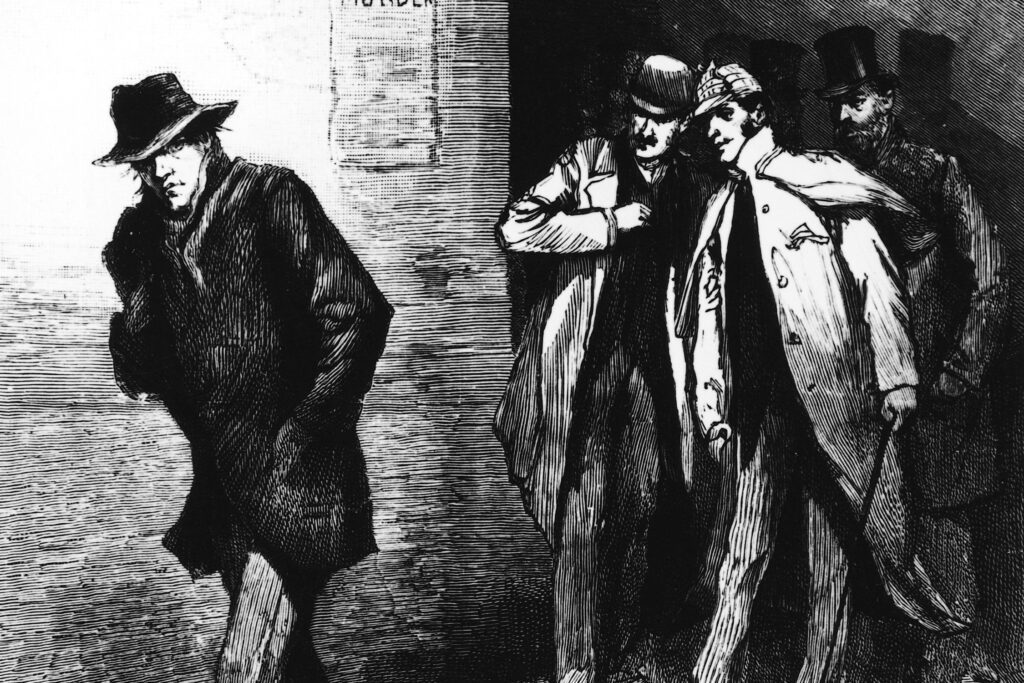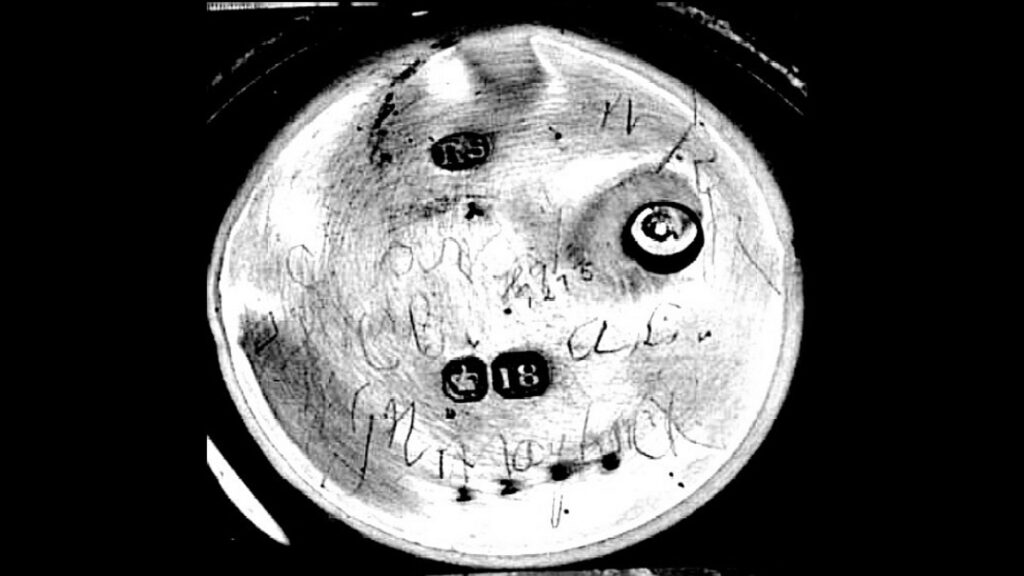Jack the Ripper (Watch) Case

A unique development in one of history’s most notorious unsolved crimes emerged in the early 1990s. This potential piece of evidence happened to be a horological one—a suspectly-engraved gentleman’s pocket watch from the 19th Century. Making itself known in 1993, not long after the alleged diary of a man named James Maybrick was examined as potential evidence (in 1992), the watch has been seen by some as definitive proof of Jack the Ripper’s true identity.
Inscribed with the name “J. Maybrick” and the initials of all five of Jack the Ripper’s victims, the watch as evidence comes across as incredibly compelling—at face value. However, the previously presented diary was found to use language inconsistent with the 19th Century. As well, the engravings on the pocket watch are difficult to date—and contain chemical compositions that would take a trained metalworking hand to plant on the piece. Despite these inconsistencies many truly believe James Maybrick is the actual identity of Jack the Ripper. The most convincing argument to be made for this position is the pocket watch itself. And since we here at TimesTicking are inclined toward time, we’re going to have a look at some of its general anatomy. As well, we’ll explore its place in the infamous case. No need to post a warning for the faint of heart here—the watch itself is a relatively benign aspect of the macabre mystery surrounding Whitechapel’s ruthless ripper.
J. Maybrick’s Ticking Confession

The alleged serial-killer-owned watch has a history all on its own. Originally built by watchmaker William Verity of Rothwell around 1847, 41 years before the Ripper crimes were committed, it’s a fine traditional men’s piece from the period. Verity’s design is an 18ct gold pocket watch that withstood decades of use. Though there isn’t much information on its movement’s particulars, it’s safe to assume that it employed a verge escapement—considering the date of its construction.
After switching hands for over a century, the watch was presented publicly by one Albert Johnson in 1993 for forensic examination. Inscriptions on the inside of the timepiece were damning toward James Maybrick but required a closer look to confirm them as evidence. Using an electron microscope, Dr. Stephen Turgoose of the Corrosion and Protection Center at the Manchester Institute of Science and Technology took a first crack at studying the Verity-made piece. Turgoose’s conclusion essentially stated that the engravings revealed no conclusive evidence regarding their age. He did, however, mention that it would be difficult to create a forgery—without ruling out the possibility of a forgery entirely.
After Turgoose’s 1993 examination the watch was looked at by Dr. Robert Wild at Bristol University. Wild worked with similar methods, but also employed Auger electron spectroscopy (a way to test the age of metals, among other applications). His results were similarly inconclusive, but he also mentioned how difficult it would be to make a forgery. Thus, keeping the mystery alive surrounding James Maybrick and his potential ownership of the notorious pocket watch.
The Mystery Persists

To this day, Maybrook remains a remarkable figure in the mystery surrounding Jack the Ripper. While his purported confession via his supposed journal was mostly debunked, his (well, supposedly his) pocket watch remains a point of controversy. There’s even a regularly updated and currently active Facebook page dedicated to Maybrick and the idea that he was the murderer—which features an image of the timepiece. Maybrick isn’t the only suspect in a decent list of individuals, though. What’s more, a long-time officer for Scotland Yard named Trevor Marriott believes that Jack the Ripper’s true identity is lost due to a police cover up. With difficulty surrounding unearthing older documents on the case, it seems the mystery won’t be solved in any near-future scenario. The grisly details of the crime still retain their infamy after generations of study and speculation. Will the pocket watch ever make for any real incrimination? Not likely. However, we’ll continue to be intrigued by its role in the greater narrative concerning Jack the Ripper.
Times Ticking has been in operation for more than 30 years, since 1982. We have performed watch repair for customers both locally and internationally. If it Ticks! We KNOW it! Our team of watch repair technicians have a combined experience in watchmaking of over 120 years.

